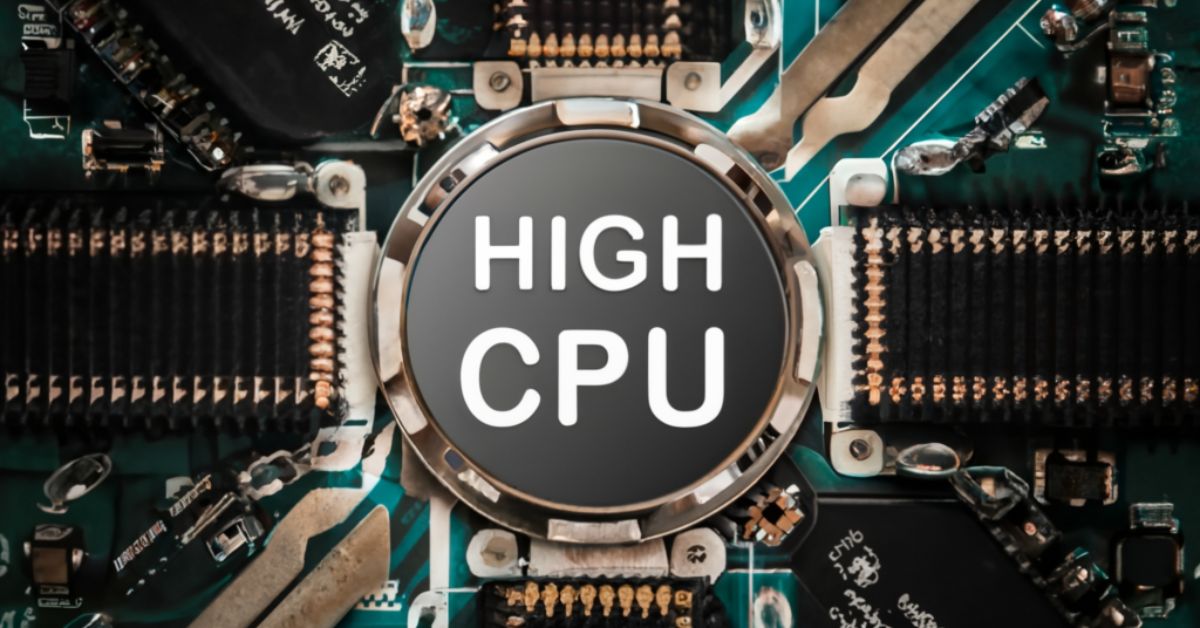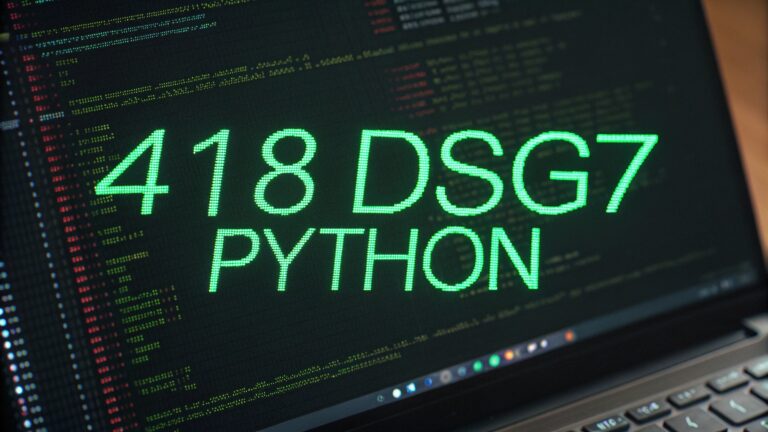
High CPU usage due to system interrupts can significantly impact your computer’s performance, leading to slowdowns and unresponsive applications.
System interrupts serve as a communication bridge between hardware devices and the CPU, ensuring that requests are processed efficiently. However, when these interrupts consume excessive CPU resources, it can indicate underlying hardware or software issues. Understanding the causes and symptoms of high CPU usage from system interrupts is essential for maintaining a well-functioning system.
This article explores the reasons behind this phenomenon and offers troubleshooting tips to help you optimize your computer’s performance.
What Are System Interrupts?
System interrupts are signals sent to the CPU by hardware devices, such as keyboards, mice, and network cards, to request processing time for data.
They allow the CPU to respond promptly to hardware events, ensuring efficient communication between the hardware and the operating system. By managing these interrupts, the CPU can prioritize tasks and maintain overall system responsiveness.
Why is System interrupt slowing down my pc?
System interrupts can slow down your PC when they consume excessive CPU resources, often due to hardware malfunctions, outdated drivers, or software conflicts.
This leads to the CPU spending too much time managing hardware requests instead of processing other tasks, resulting in noticeable performance issues.
What Causes High CPU Usage from System Interrupts?
High CPU usage from system interrupts can be caused by faulty hardware components, such as malfunctioning devices or peripherals, as well as outdated or incompatible drivers.
Additionally, software conflicts and excessive background processes can exacerbate the issue, leading to increased interrupt activity and CPU load.
How Can You Identify High CPU Usage from System Interrupts?
You can identify high CPU usage from system interrupts by using tools like Task Manager in Windows or Activity Monitor in macOS, where “System Interrupts” will appear as a process consuming CPU resources.
Monitoring CPU performance over time can also help highlight abnormal spikes in usage attributed to system interrupts.
Symptoms of High CPU Usage Due to System Interrupts
Symptoms of high CPU usage due to system interrupts include noticeable lag in system performance, such as slow application response times and delays in executing commands.
Additionally, users may experience increased fan noise and overheating, indicating that the CPU is working harder than usual to manage interrupt requests.
How Do You Troubleshoot High CPU Usage from System Interrupts?
To troubleshoot high CPU usage from system interrupts, start by updating device drivers and checking for hardware issues, such as faulty peripherals or loose connections.
Additionally, disable unnecessary devices in Device Manager and perform system scans for malware to identify potential software conflicts.
What Hardware Upgrades Can Reduce System Interrupt-Related CPU Usage?
Upgrading hardware components like network adapters, sound cards, or USB devices can significantly reduce system interrupt-related CPU usage, particularly if the existing hardware is outdated or malfunctioning.
Additionally, increasing system RAM may alleviate some pressure on the CPU, allowing for better multitasking and resource management.
How Can Software Optimization Help with System Interrupts?
Software optimization can help reduce system interrupts by streamlining background processes and disabling unnecessary startup applications, allowing the CPU to focus on essential tasks.
Additionally, adjusting power management settings and keeping software up to date can enhance overall system efficiency, minimizing interrupt frequency and CPU load.
What Role Do Power Management Settings Play?
Power management settings play a crucial role in regulating how often devices send interrupts to the CPU, influencing overall system performance.
By adjusting these settings, users can optimize energy consumption and reduce unnecessary CPU load from frequent interrupts, thereby enhancing system responsiveness.
When Should You Seek Professional Help?
You should seek professional help when high CPU usage from system interrupts persists despite your troubleshooting efforts, or if you suspect serious hardware issues that could lead to further damage.
Additionally, if you are uncomfortable performing hardware diagnostics or software adjustments, consulting a technician can ensure proper resolution.
What Are Some Preventive Measures for Managing System Interrupts?
Preventive measures for managing system interrupts include regularly updating drivers, performing system maintenance, and ensuring that hardware components are in good working condition.
Additionally, monitoring system performance and optimizing software settings can help prevent issues related to high CPU usage from system interrupts.
FAQS
1 . What is the CPU doing between interrupts?
Between interrupts, the CPU executes normal tasks such as processing application requests, performing calculations, and managing system operations, ensuring overall system functionality and performance.
2 . What happens when CPU interrupt occurs?
When a CPU interrupt occurs, the current execution of the program is paused, and the CPU saves its state before transferring control to a specific interrupt handler to address the request from the hardware or software.
3 . What regular maintenance can prevent high CPU usage from system interrupts?
Regular maintenance tasks include updating drivers, performing system scans for malware, and ensuring that hardware components are functioning properly to maintain optimal performance.
4 . Can software optimization help with system interrupts?
Yes, optimizing software settings, such as disabling unnecessary startup programs or background services, can help reduce the frequency and impact of system interrupts on CPU usage.
5 . How can I check if system interrupts are causing high CPU usage?
You can monitor system interrupts through the Task Manager (Windows) or Activity Monitor (macOS). Look for “System Interrupts” in the CPU usage section to see if it is consuming excessive resources.
Conclusion
System interrupts are essential signals that allow hardware devices to communicate with the CPU, ensuring efficient data processing.
However, when these interrupts cause high CPU usage, it can lead to significant performance issues, including system lag and unresponsiveness. Identifying the causes of excessive interrupts, such as faulty hardware or outdated drivers, is crucial for effective troubleshooting. Implementing hardware upgrades and optimizing software settings can help manage and reduce the impact of system interrupts on CPU performance.
Regular maintenance and monitoring can further prevent high CPU usage, ensuring a smoother computing experience.






